The long-awaited HTC U11 is finally here! While Samsung, LG and Huawei managed to get their phones on the market over a month ago, HTC took its time with the U11 (likely due to shortages of the Snapdragon 835 chip used inside the phone), refining the design, its new squeezable functionality and its camera performance.
HTC was the first to champion the all-metal aluminum unibody on its flagship devices, but this time around, HTC is trying something a little different. The HTC U11 is wrapped in a glass and metal body which takes the design of the glass smartphone to a whole new level.
But the U11 isn’t just a pretty phone. HTC has packed it with the best hardware components that money can buy and it’s ready to go head-to-head with the best smartphones of 2017!
Specifications
- Display: 5.5-inch QHD Super LCD with 3D Corning Gorilla Glass 5
- CPU: Qualcomm Snapdragon 835
- Memory: 4GB/6GB
- Storage: 64GB/128GB
- microSD: yes, up to 2TB (adoptive storage compatible)
- Camera (main): 12MP Sony Exmor BSI sensor with dual-pixel autofocus, f/1.7 lens, 4-axis OIS, two-tone LED flash, HDR Boost, manual settings with RAW image support, 4K video capture
- Camera (front): 16MP,
- Sound: USB-C audio with BoomSound profile for headphones, USonic adaptive audio with active noise cancellation
- Battery: 3,000 mAh with Quick Charge 3.0
- Size: 153.9 x 75.9 x 7.9mm
- Weight: 169 grams
Price & Availability
The HTC U11 can be purchased directly from Sprint, HTC and Amazon in the US. While the phone isn’t available for purchase form other US service providers, the unlocked model from Amazon and HTC will work on AT&T, T-Mobile and Verizon.
In Europe, the HTC U11 is selling for €749 through HTC’s website and £649 in the UK. If you shop around on Amazon or Carphone Warehouse, you can find better deals.
Performance and Battery Life
The HTC 10 from last year is still a good phone, but there’s a noticeable difference between it and the new U11 when it comes to performance. The Snapdragon 835 deserves all the credit here. Graphical performance has been increased by 25% and HTC even claims that it’ll get 3 hours more of video playback.
If you love gaming on your mobile device, the HTC U11 should be at the top of your list!
In my testing, the U11 is noticeably faster than the 10 and overall battery performance has moved in the right direction as well. On an average day, you can expect to go 14 hours and still have a 20% change with 3.5 hours of screen on time. That’s not earth shattering, but it’s in line with what I’ve gotten with the Huawei P10 and Samsung Galaxy S8.
Since high-end smartphones are already incredibly fast, it’s hard to gauge the true power of the U11 without running benchmarks. The numbers show that it’s in line with the Samsung Galaxy S8, making it one of the most powerful devices on the market. In the real world, that performance means that apps load quicker, games runs perfectly and you’ll be hard pressed to find any lag in HTC’s Sense UI.
Design
The U11 delivers everything you’d expect from a flagship device. It’s sleek, beautifully refined and powerful. Slapping a glass panel on the back of a phone isn’t anything new, but HTC’s liquid glass surface design does things differently, using Optical Spectrum Hybrid Deposition to coat the back side of the glass with a variety of different minerals which reflect a secondary color at different angles. It turns a mundane into something unique. And did I mention that it’s IP67 dust and water resistant? If you’re worried about scratching the phone, HTC does include a clear protective case for the U11 in the box, but I’ve been using the phone without it for a week and haven’t yet scratched it.
The build quality of the U11 is superb. It may look similar to the HTC U Ultra, but the refinement in the small details like the white antenna lines on the metal frame matching the white accent of the bottom speaker make the phone appealing form nearly every angle. My only nitpicky complaint is that the fingerprint scanner and capacitive buttons below the screen are a bit low, but they work just fine once you get used to them.
But the most interesting feature of the phone’s design is the inclusion of pressure sensitive sensors in the bottom portion of the metal frame which allow you to launch an app or change a system setting with a short or long squeeze. I wasn’t particularly excited about the Edge Sense feature when I first hear about it, but I’ve quickly come to love it. Once you calibrate the strength of your squeeze and assign functions or apps for the long and short squeezes, all you have to do is squeeze. And it even works when the screen is off. It’s perfect for launching the camera or launching the apps you use the most.
Software
One of the reasons many people like HTC phones is because of the software. Unlike Samsung, Huawei and LG – HTC’s Sense UI doesn’t try to hide the code features of Android. An example of this is that you can pull up the app icon shortcuts when you long press an app icon. That’s something that Samsung, lG, and most other OEM’s have removed from their Android Nougat builds on their devices. Even the notification panel is nearly identical to what you get on stock Android.
The problem is that there really isn’t anything new that we haven’t already see on the HTC U Ultra or even the HTC 10. HTC’s Sense launcher looks identical to what we saw last year and BlinkFeed looks the same as well. The lack of noticeable improvements or tweaks is disappointing since HTC was on a good track of streamlining things to bring them more in line with stock Android. Don’t get me wrong, HTC Sense is perfectly fine and is more intuitive than the custom software builds offered by other manufacturers, it just feels too familiar since there’s nothing new to talk about.
The only real new feature is HTC’s Sense companion which will pop up traffic, restaurant, weather, fitness and power management suggestions from time to time based on your location and calendar entries. If you’re an Amazon Alexa fan, you’ll also be receiving an update shortly after launch which will enable Alexa wake-word support. It’s nice to have the option to choose between Alexa and the Google Assistant, but that’s something that will likely be rolling out on other devices as well.
Camera
While there’s not much to talk about when it comes to the phone’s software, that’s definitely not the case with the HTC U11’s cameras.
The phone’s main camera uses a 12MP Sony sensor with dual-focus pixels, an f/1.7 lens and optical image stabilization which keeps video silky smooth and helps with low-light shots. But what makes this camera special is HTC’s HDR Boost mode which mimics what Google introduced on the Pixel. The phone uses the data from multiple exposures to create a single image which is better balanced, capturing more detail in the shadows and bright areas within the shot.
The autofocus time is near instantaneous since every pixel in the sensor assists in calculating what should be in focus. The colors captured by this phone are natural, avoiding the extra vivid colors you get on the Galaxy S8. The only down side is that the images can look a bit washed out at times, but that can easily be fixed by dropping the exposure level with a quick tap on the screen. And if you feel like taking full control of the hardware, you can always jump into pro mode.
Either way, the images that the U11 captures are stunning, especially those in low-light. Having taken nearly 1,000 photos with this phone already, it’s been a challenge weeding down the selection to show off for the review.
For the front-facing camera, HTC’s using a 16MP sensor with an f/2.0 26mm lens. It doesn’t have OIS like the HTC 10 did, but it does have the same HRD Boost mode as the main camera. The U11’s selfies turn out just fine, but the images aren’t as impressive as the ones you get from the main camera. If HTC would have used a lower resolution sensor with larger pixels, the results could have been better.
Fortunately, the phone’s design and new Edge Sense feature can assist in taking better selfies. Just flip your phone around, frame your selfie with phone’s reflective glass finish and snap a selfie with the main camera by squeezing the sides. It works surprisingly well and the images are dramatically better than what you get with the selfie cam.
Like most other devices, the U11 can also capture 4K video. To keep the video smooth, HTC uses a combination of optical and electronic image stabilization. The technique works really well, removing subtle hand jitters while you’re holding the phone and dramatically reduced the larger bumps that you typically get when walking and recording video.
Audio Experience
Closely tied to the HTC U11’s video capabilities is the phone’s new 360-degree audio recording. The U11 features four omnidirectional microphones to recording audio from all sides of the phone, allowing the videos you record to have more immersive audio. But the real reason the phone records 360-degree audio is to highlights the Audio Focus feature. If you zoom in on a subject, the phone isolates the audio to capture only what’s in front of the camera. The effect works well when you zoom in on a subject that’s not more than 10-15 feet away and the surrounding audio isn’t so loud that it drowns out the audio from the subject you’re focusing on.
But that’s not the only audio feature worth mentioning on the U11. The phone uses HTC’s BoomSound HiFi audio setup with audio coming from the bottom of the phone and the earpiece. It’s not as good as the original BoomSound, but it’s loud, crisp and has a bit of a kick when the bass rolls around.
You may have heard that the phone doesn’t have a 3.5mm headphone jack. The rumors are true, but the omission has been compensated with the inclusion of HTC’s USonic adaptive audio noise cancellation headphones. The headphones have a built-in microphone which it uses to scan your ear canal to create a custom audio profile tailored specifically for you. With the USonic profile turned on, you get a richer audio experience with a much wider sound stage. On top of that, they also have active noise cancellation that’s assisted by the on-device microphones to eliminate the noise around you. Needless to say, out of the box audio experience of the U11 is better than any other 2017 flagship smartphone.
And if you don’t want to use HTC’s earphones, you can always connect your own using the included USB C to 3.5 mm dongle that’s in the box.
Final thoughts
It’s hard to say if the HTC U11 will be the phone that will bring HTC back to life. HTC’s product team delivered a really good phone, not it’s up to HTC’s marketing team to convince to remind the public that they’ve still around and let them know the HTC U11 is just as good as the Samsung Galaxy S8.
My only real complaint is that we’re now living in a world where devices with 16:9 aspect ratios feel out dated. I’m not saying that the 18:9 aspect ratio of the Samsung Galaxy S8 or LG G6 make them better devices, but their slimmer profile does make them more attractive and easier to hold.
The good news for HTC is that the U11 can go head-to-head with the Samsung Galaxy S8 and come out on top. HTC’s device has a better camera than Samsung’s phone and battery life and performance are neck and neck. But the real advantage that the HTC U11 has is price since HTC is selling it for $75 less than the Galaxy S8.





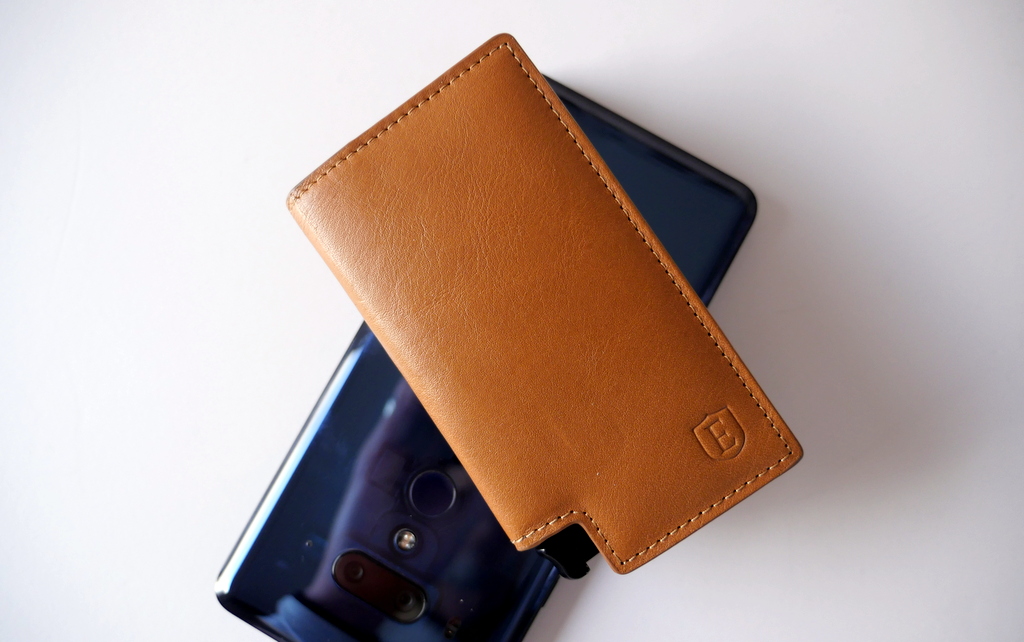




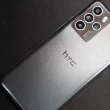




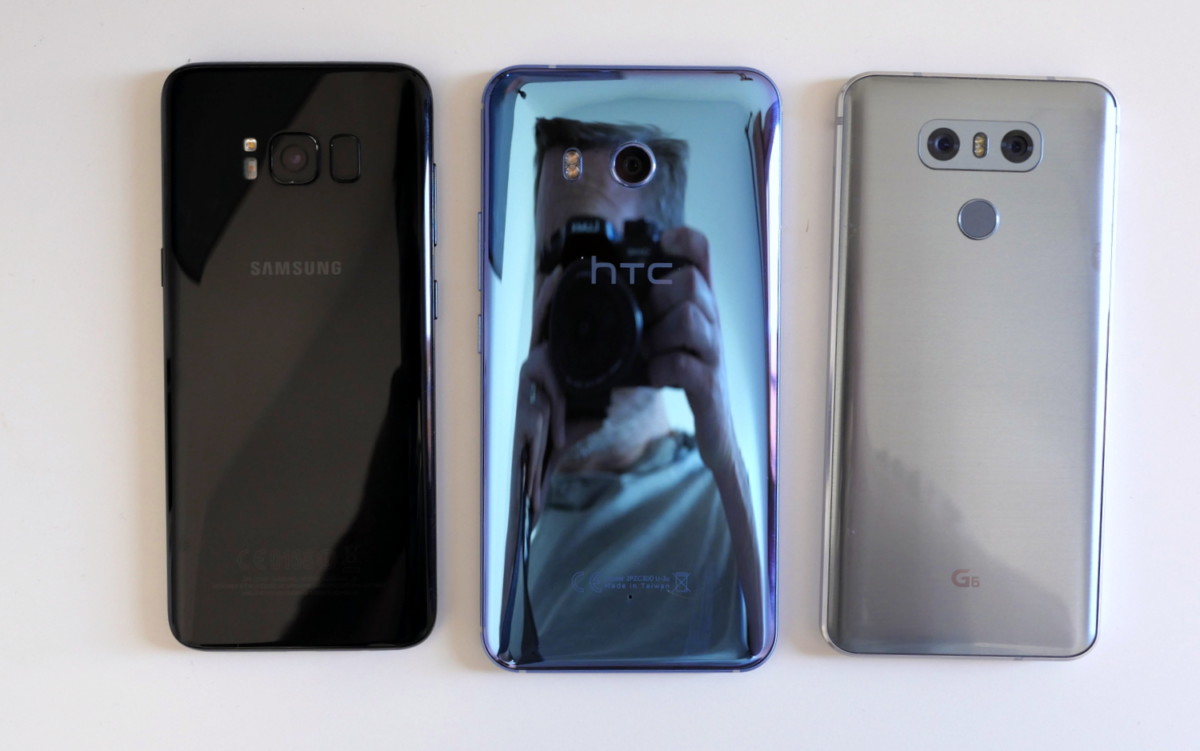


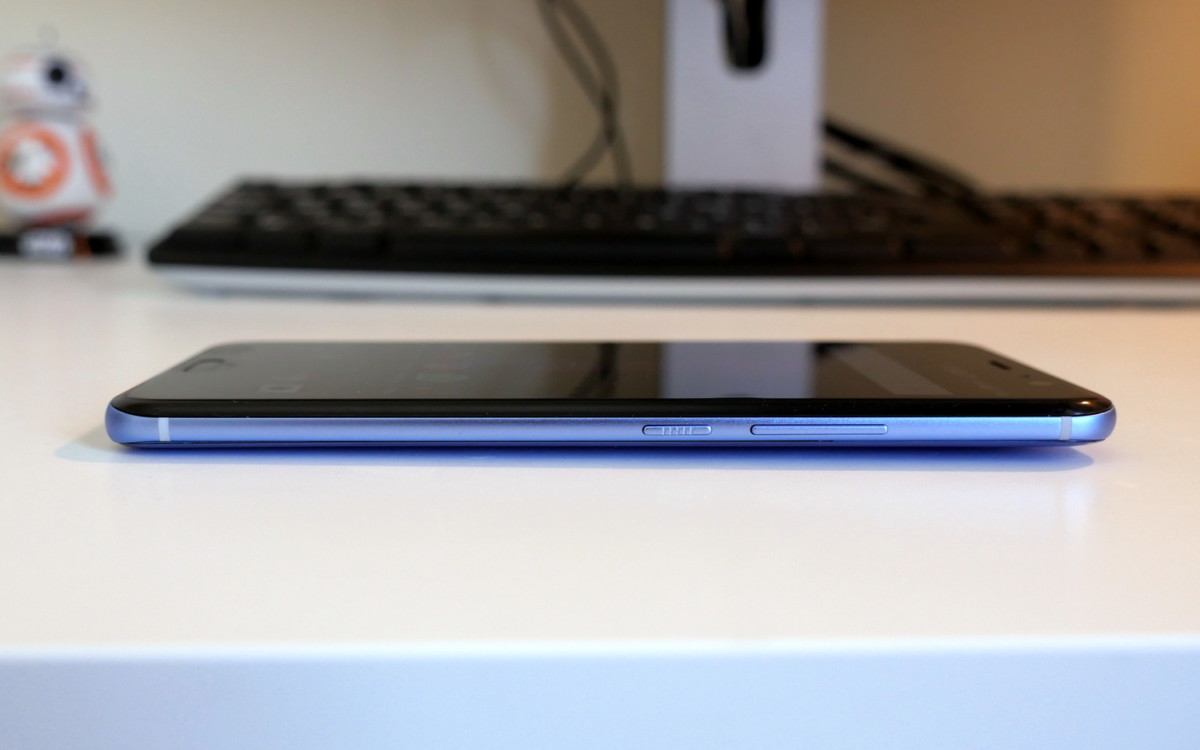
























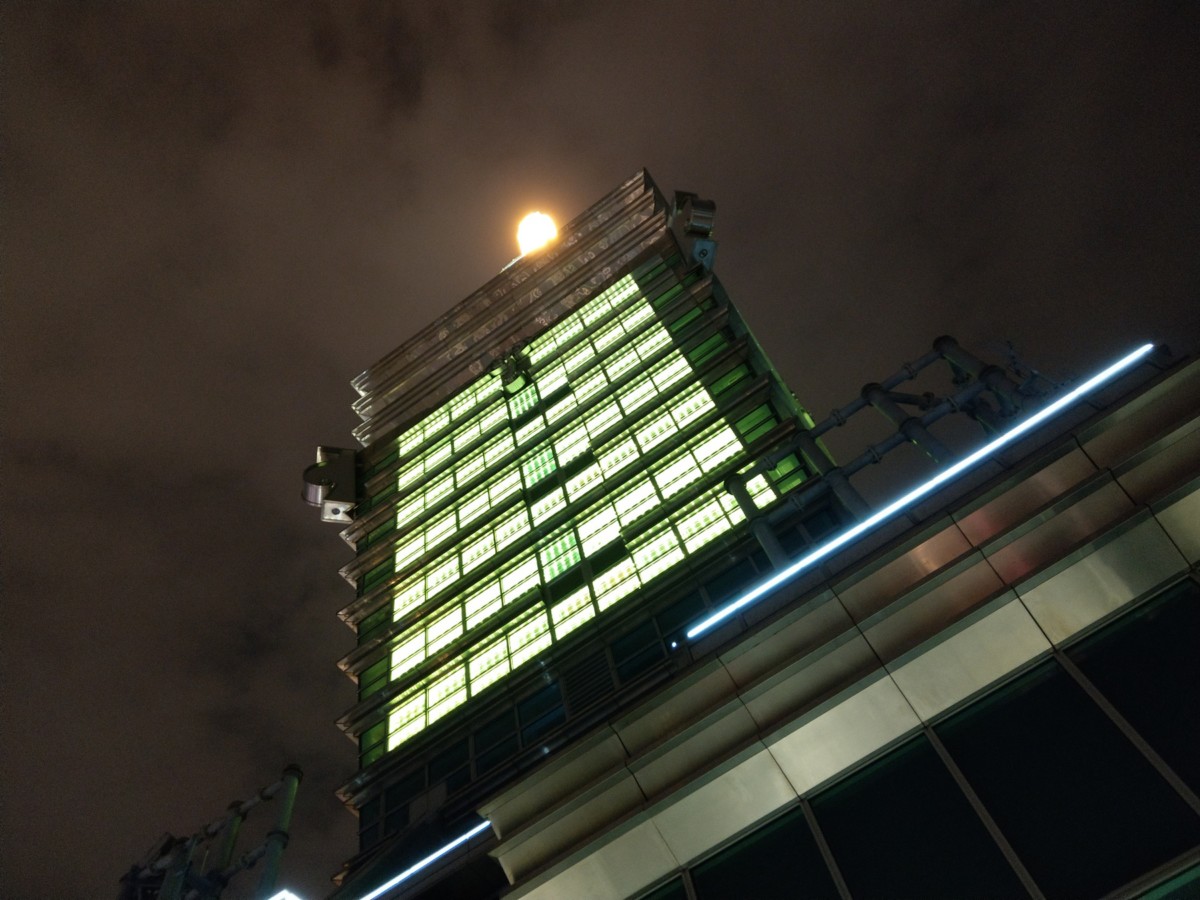
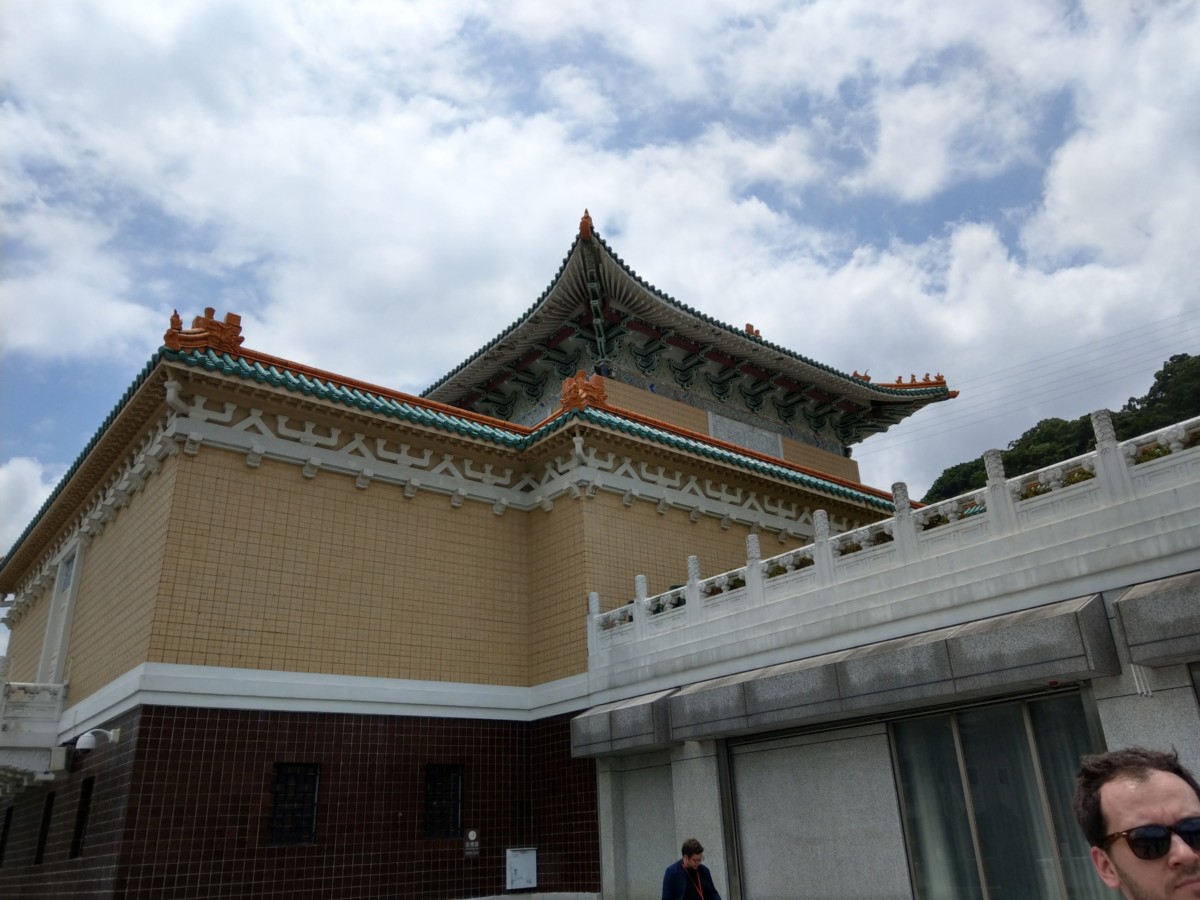
























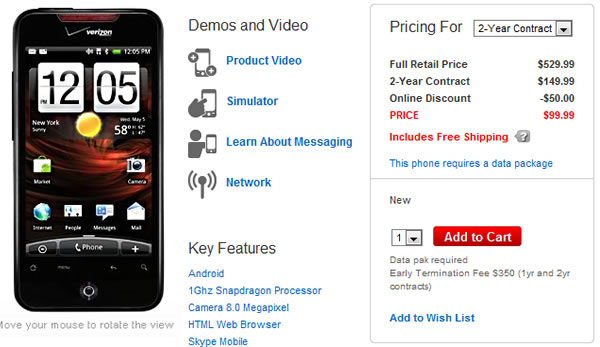

Great and honest review.
Any info form HTC regarding the decision to not include Bluetooth 5.0 and Quick Charge 4? It is possible a future upgrade via OTA?
Engineers I talked to said that BT5.0 could possibly be added with an OTA, but he wouldn’t make any promises. Not sure about Quick Charge 4. The SoC supports it, but users would need to buy a new charger if they are able to add it with an update.
The performance are not neck and neck with the S8. The exynos chip used in the S8 will throttle to about 35 frames per second in no more than 10 minutes during gaming. Samsung intentionally throttled the SD 835 so the exynos chip wouldn’t look bad. The HTC U11 can run over an hour during gaming and never drop below 60 frames per second.
My next. Too bad the Solar Red isnt coming to the US.Its the one I wanted. Oh well Sapphire Blue it is. Nice review Nick.
The red is coming to the US in July
Link?